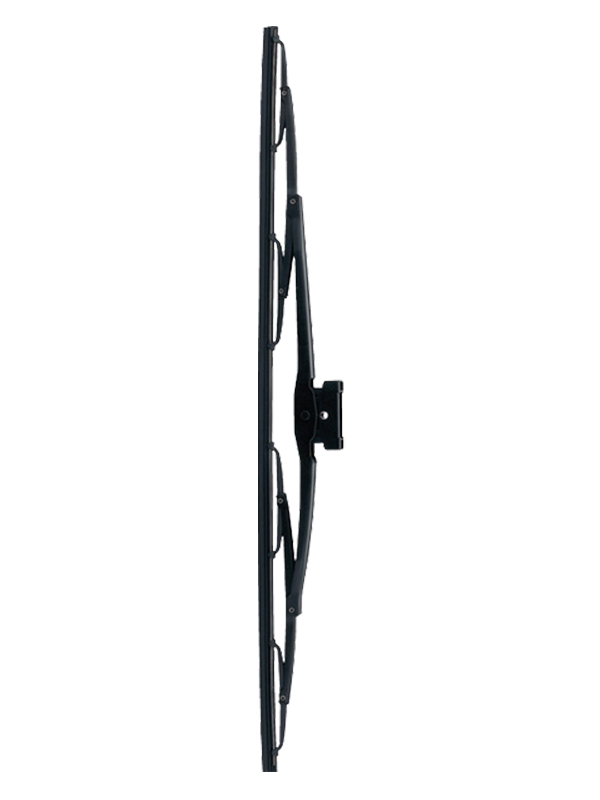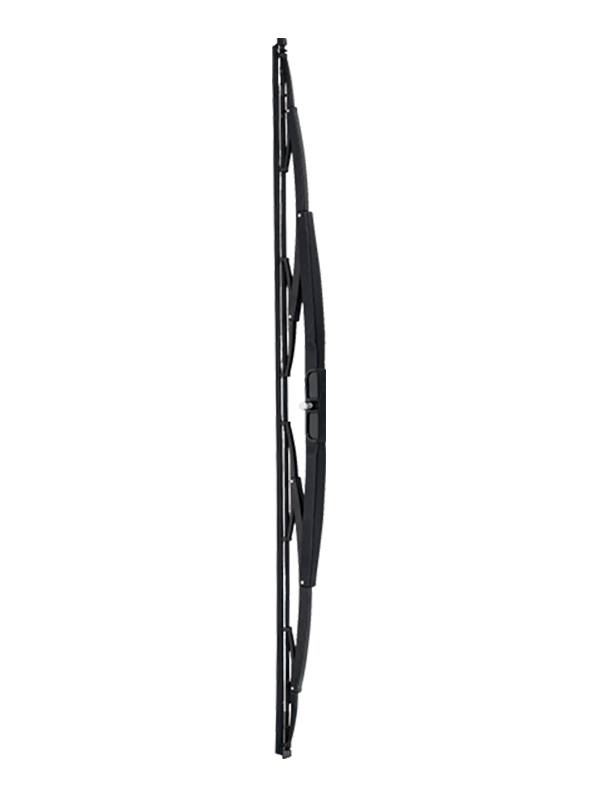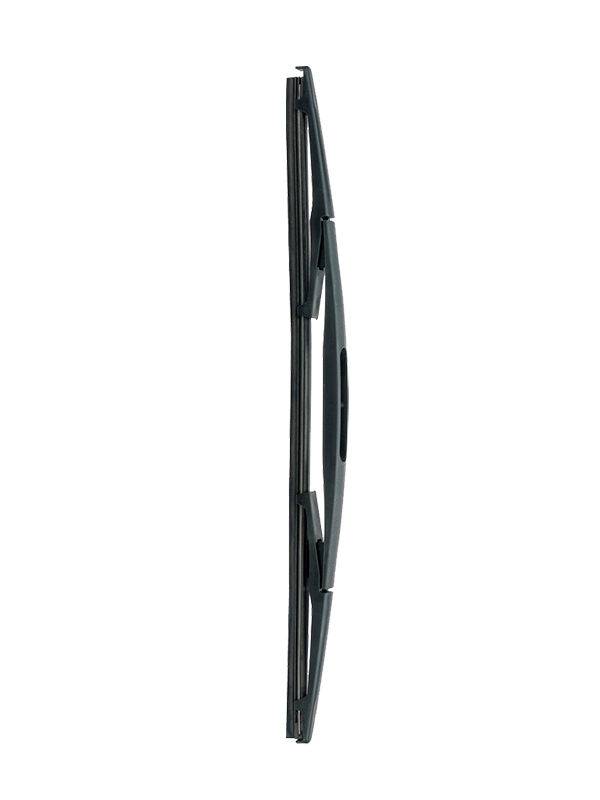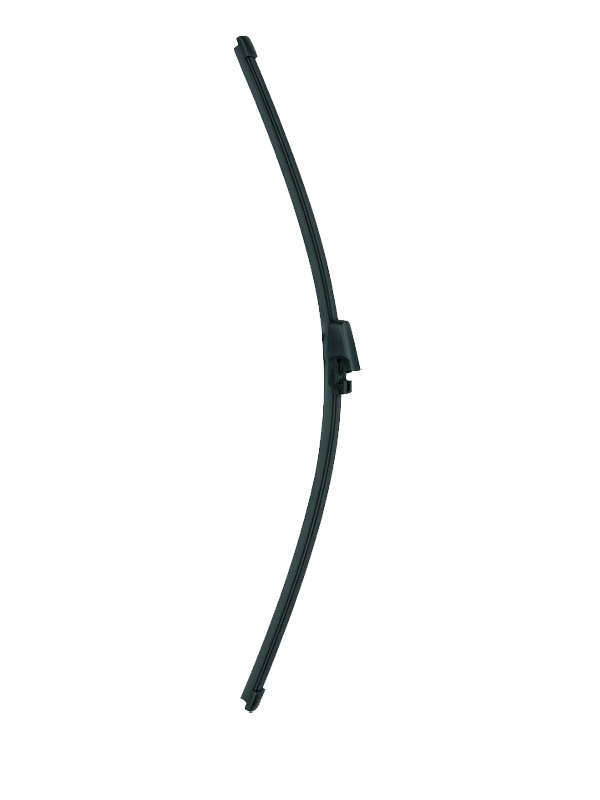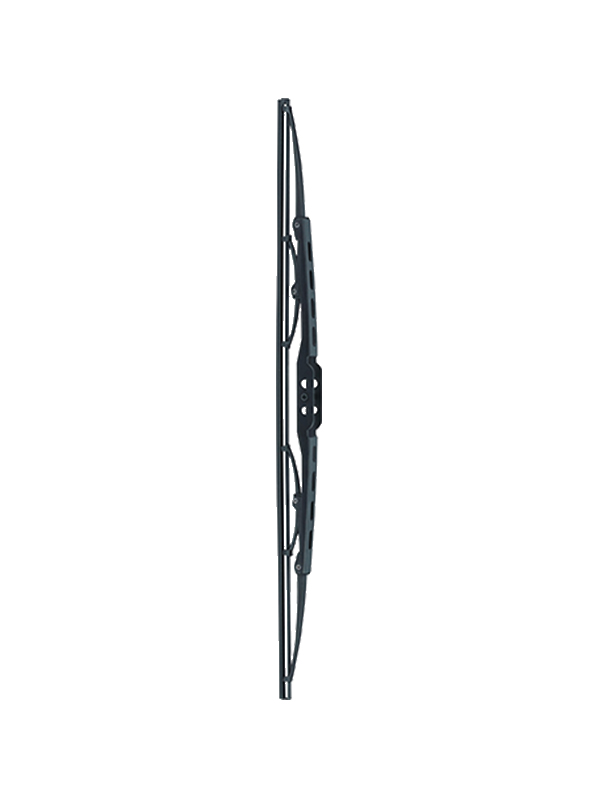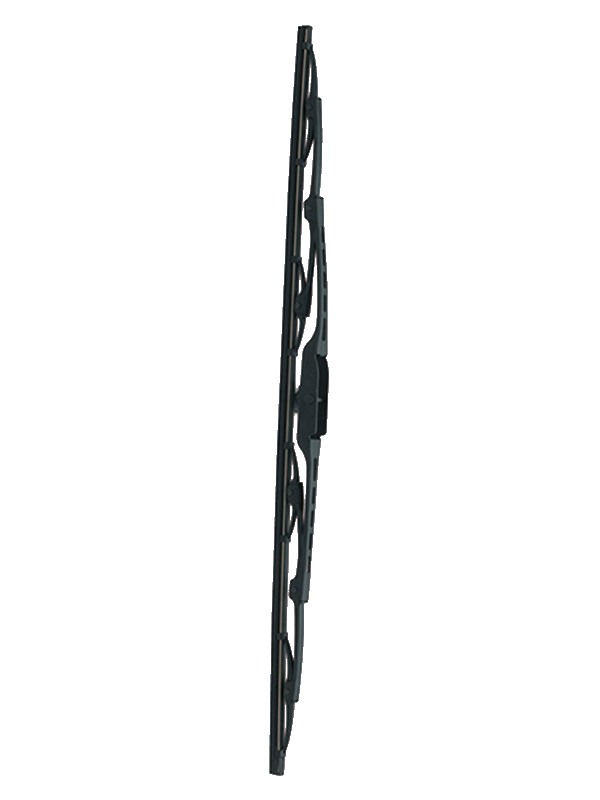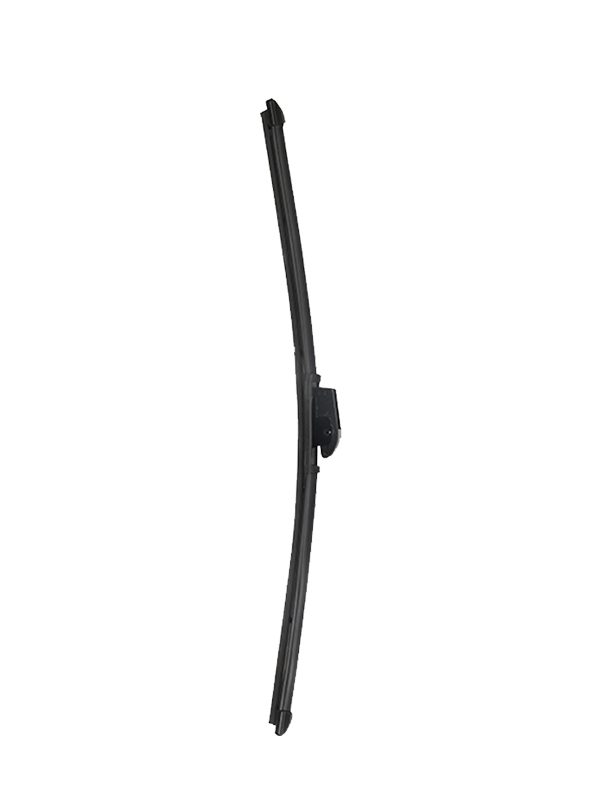Submit feedback
What Is Flat Wiper?

In the automotive parts industry, flat wiper represents one of the significant innovations in windshield cleaning systems. Unlike the conventional wiper with a metal frame, a flat wiper—also known as a beam wiper or frameless wiper—features a sleek, aerodynamic profile and uniform pressure distribution across the windshield. This design not only enhances visual clarity during adverse weather conditions but also extends the operational lifespan of the wiper itself.
The Evolution from Conventional to Flat Wiper
Traditional wiper systems relied on multiple metal joints and brackets to press the rubber blade against the windshield. Over time, these components accumulated wear, resulting in uneven wiping and streaks. Flat wiper technology revolutionized this structure by eliminating external frames and integrating a single-piece spring steel beam within the rubber body.
This frameless approach improves both aesthetics and function. The low-profile shape minimizes wind drag at high speeds, while the internal tension bar maintains consistent pressure across the glass. These two advantages—pressure balance and aerodynamic design—are central to the efficiency of a flat wiper blade.
Aerodynamic Design and Its Importance
One defining characteristic of the flat wiper is its aerodynamic contour. The blade is shaped to reduce lift caused by air resistance, a common issue with traditional wipers at highway speeds. The smooth curvature allows airflow to press the blade closer to the windshield, maintaining effective contact even in strong winds.
Comparison of Wiper Blade Designs and Performance
| Feature | Conventional Wiper | Flat Wiper |
|---|---|---|
| Frame Structure | Multi-joint metal frame | Frameless spring steel beam |
| Aerodynamic Profile | High wind resistance | Streamlined, low-profile |
| Contact Pressure | Uneven, joint-dependent | Uniform across the glass |
| Noise Level | Moderate to high | Silent or low-noise operation |
| Durability | Prone to corrosion | Enhanced longevity with coating |
| Visual Aesthetics | Bulky appearance | Sleek and modern design |
The aerodynamic advantage not only reduces noise and vibration but also minimizes fatigue on the wiper motor, promoting longer system durability. Flat wiper manufacturers emphasize this design as a critical selling point in product development, aligning with the growing demand for quiet and efficient automotive components.
Pressure Distribution and Contact Efficiency
Uniform pressure distribution is another fundamental aspect that distinguishes flat wiper blades. Instead of relying on multiple pivot points, the integrated tension beam exerts consistent pressure from end to end. This ensures that every section of the windshield receives equal cleaning force, eliminating gaps and streaks during wiping.
This consistency enhances driving safety, particularly under heavy rain, snow, or icy conditions. Moreover, it enables the blade to adapt better to the curvature of modern windshields found in sedans, SUVs, and hatchbacks.
Functional Benefits of Flat Wiper Pressure System
| Performance Aspect | Impact on Operation |
|---|---|
| Pressure Balance | Even wiping, no streaking |
| Blade Flexibility | Adapts to windshield curvature |
| Visibility Enhancement | Clearer field of view |
| Contact Stability | Maintains performance at high speed |
| Wear Resistance | Reduces uneven friction and degradation |
The aerodynamic and pressure-based performance of a flat wiper directly correlates with visibility and safety—core factors influencing consumer preference and manufacturer innovation.
Material Composition and Coating Technology
The efficiency of a flat wiper also depends on the quality of its materials. Most modern versions are made from durable rubber compounds, silicone blends, or graphite-coated elastomers. Silicone flat wiper blades, for example, offer elasticity and resistance to UV exposure, making them suitable for all-weather performance.
Additionally, graphite or Teflon coatings reduce friction between the blade and the glass surface. This not only improves smooth operation but also minimizes squeaking, one of the common drawbacks of traditional designs.
Common Material Types in Flat Wiper Production
| Material Type | Key Feature | Application |
|---|---|---|
| Natural Rubber | Soft, economical | Standard models |
| Silicone Blend | UV and ozone resistant | All-weather or premium use |
| Graphite-Coated Rubber | Low friction, silent wiping | High-performance design |
| Synthetic Elastomer | High durability | Long-lasting operation |
By optimizing materials, flat wiper manufacturers achieve a balance between flexibility, durability, and comfort, ensuring the product’s consistent quality under diverse environmental conditions.
Noise Reduction and Smooth Operation
Another major characteristic of the flat wiper system is its silent operation. The combination of aerodynamic shaping and low-friction materials significantly reduces wiping noise, even during continuous use. The uniform pressure prevents the chattering or skipping motion often found in conventional blades.
This feature is particularly valued in urban and luxury vehicle markets, where cabin quietness contributes to overall comfort. The use of beam wiper blades with aerodynamic curvature aligns perfectly with this demand, allowing vehicles to maintain both acoustic and functional refinement.
Adaptability and Installation Versatility
Flat wiper blades are designed to fit a wide range of vehicles, from compact hatchbacks to large SUVs. The universal flat wiper structure allows compatibility with various mounting systems, including hook, pin, and bayonet adapters. This flexibility simplifies replacement processes and enhances aftermarket usability.
Furthermore, the frameless configuration makes these wipers less susceptible to ice buildup in winter, improving reliability in cold climates. For this reason, many flat wiper blades are categorized as all-season or winter-grade products, emphasizing adaptability to diverse environmental conditions.
Environmental and Energy Efficiency
Modern flat wiper designs contribute not only to driver safety but also to vehicle energy efficiency. The aerodynamic contour reduces air drag, which slightly decreases motor load during operation. Over time, this helps improve energy use and reduce mechanical wear.
Additionally, some flat wiper manufacturers are exploring eco-friendly production techniques, such as recyclable elastomers and low-emission coating processes. While these approaches vary, they indicate an industry shift toward sustainable component design without compromising functionality.
Summary of Key Performance Characteristics
Summary of Flat Wiper Core Advantages
| Category | Key Benefit | Functional Impact |
|---|---|---|
| Aerodynamic Shape | Reduced wind resistance | Stable contact, less noise |
| Uniform Pressure | Even glass coverage | Improved visibility |
| Material Innovation | Enhanced durability | Longer service life |
| Low Noise | Silent operation | Improved driver comfort |
| Universal Fit | Easy replacement | Broad vehicle compatibility |
| Eco-Friendly Direction | Sustainable production | Reduced environmental impact |
Conclusion
The flat wiper represents the modern standard in windshield cleaning technology—streamlined, durable, and precisely engineered. Its aerodynamic contour and uniform pressure distribution make it a alternative to conventional framed designs. As automotive engineering advances toward higher efficiency and environmental responsibility, flat wiper manufacturers continue to refine materials, pressure mechanisms, and aerodynamic profiles to deliver performance under all conditions.
In the broader context of vehicle safety and comfort, the flat wiper stands not merely as a functional accessory but as a reflection of the automotive industry’s pursuit of precision, silence, and sustainability.


 English
English  中文简体
中文简体 

